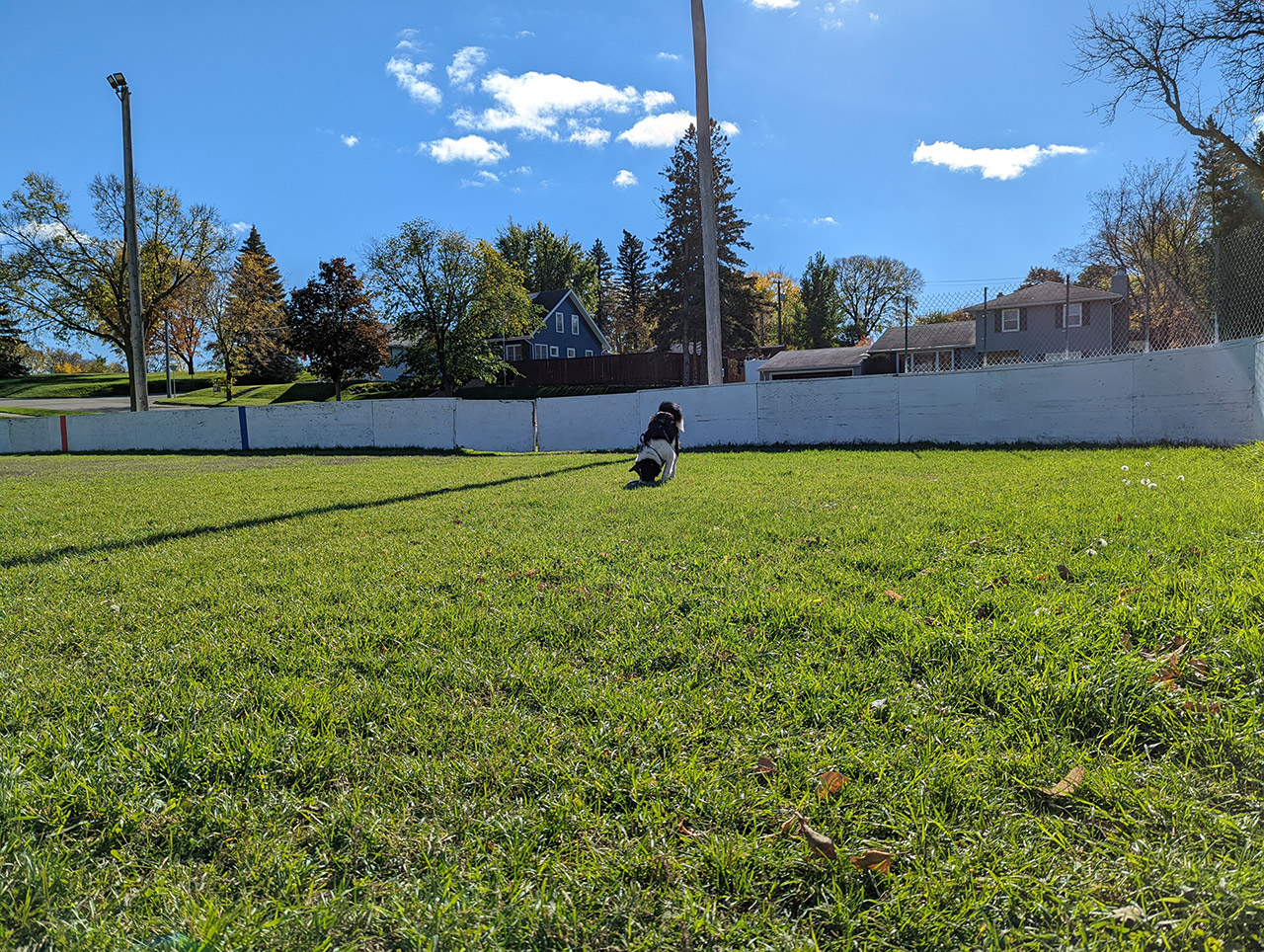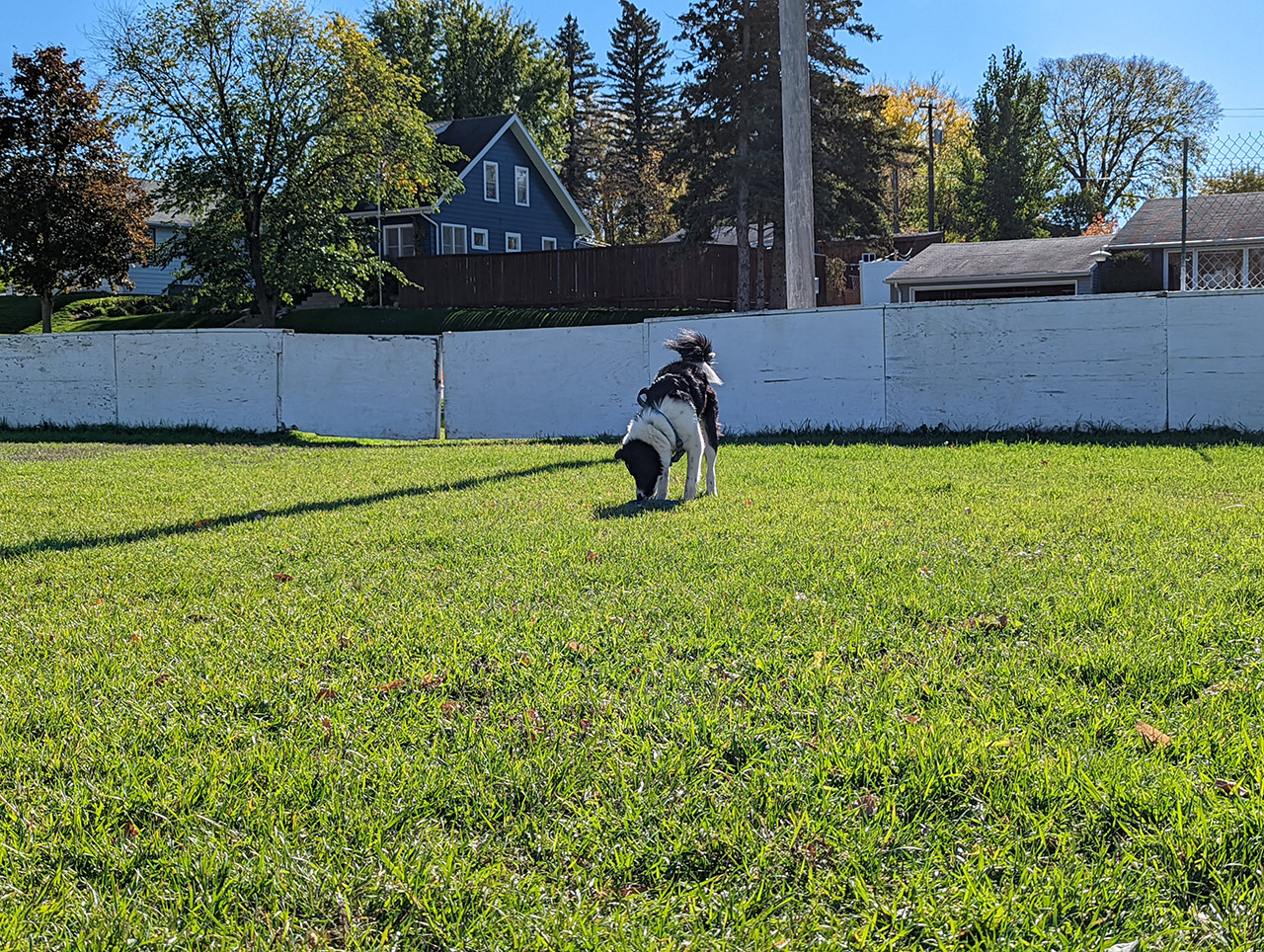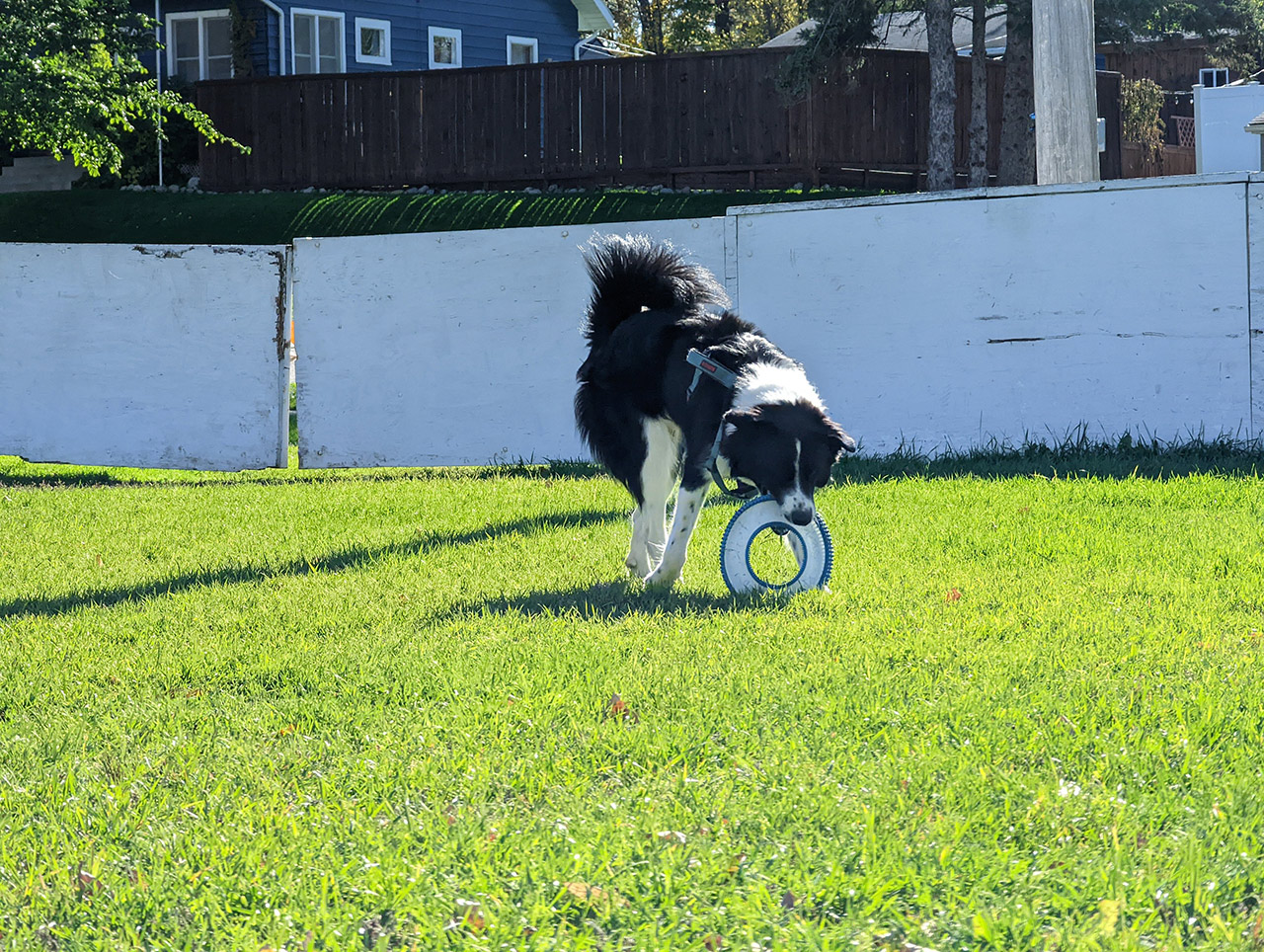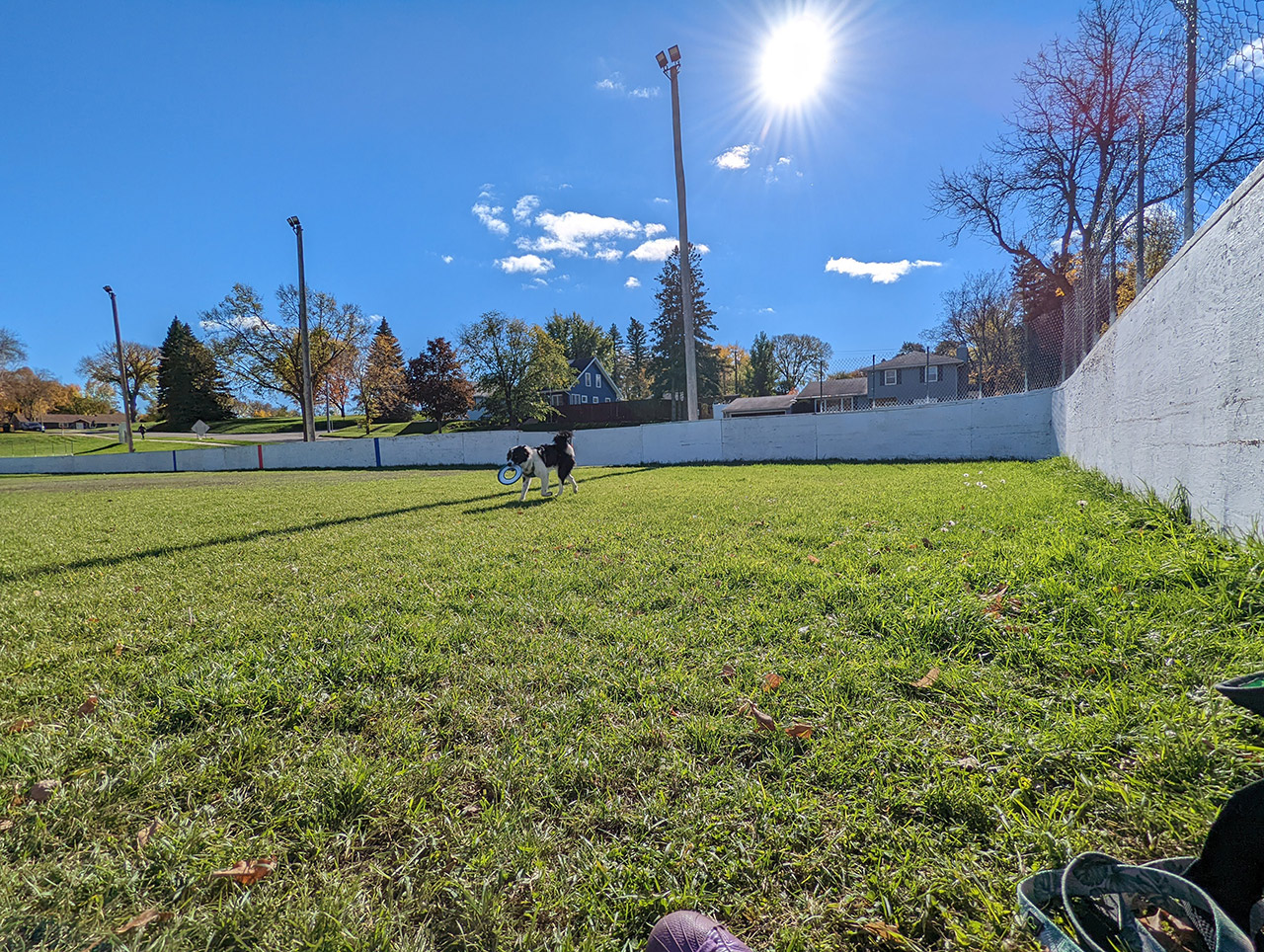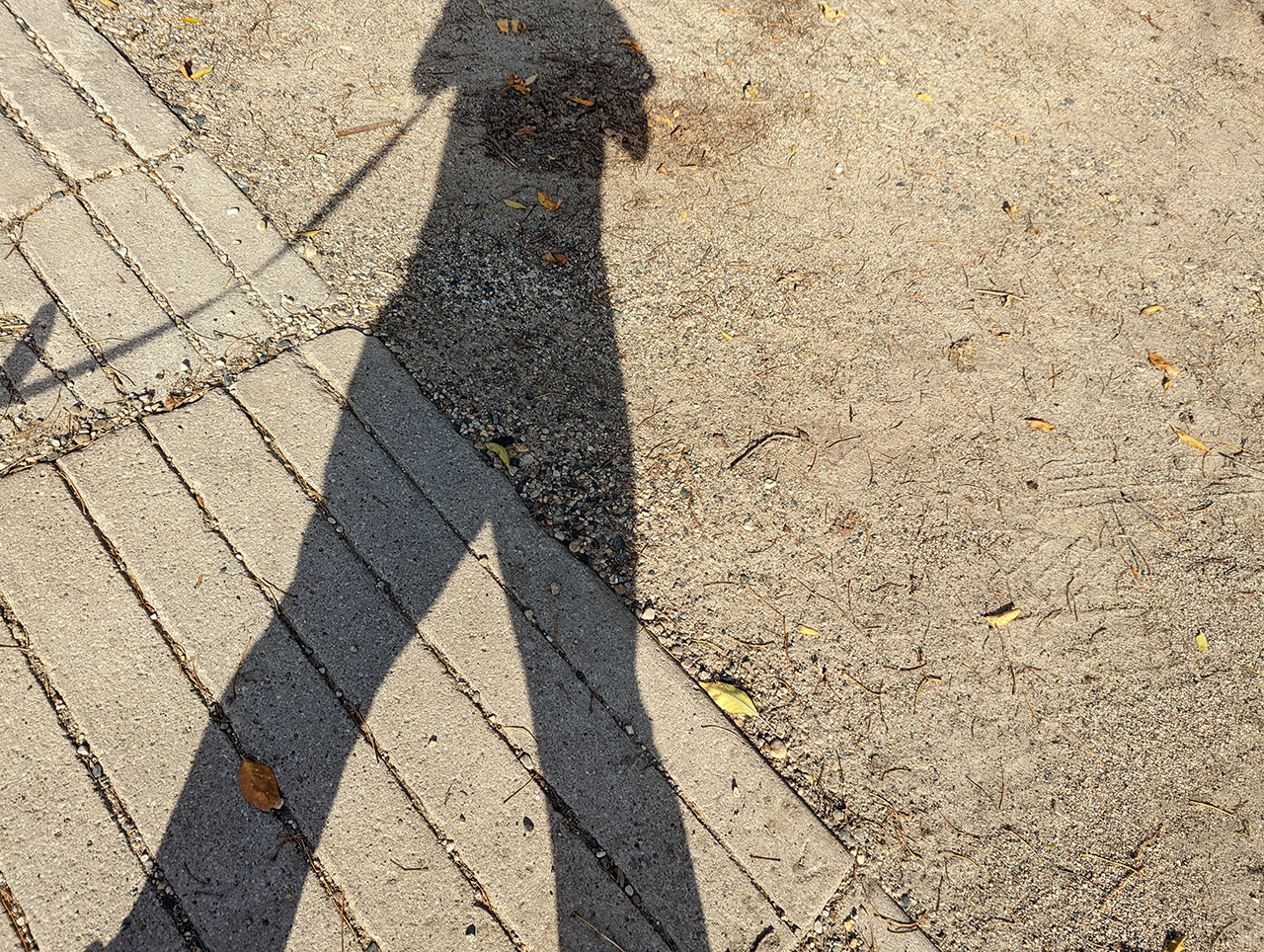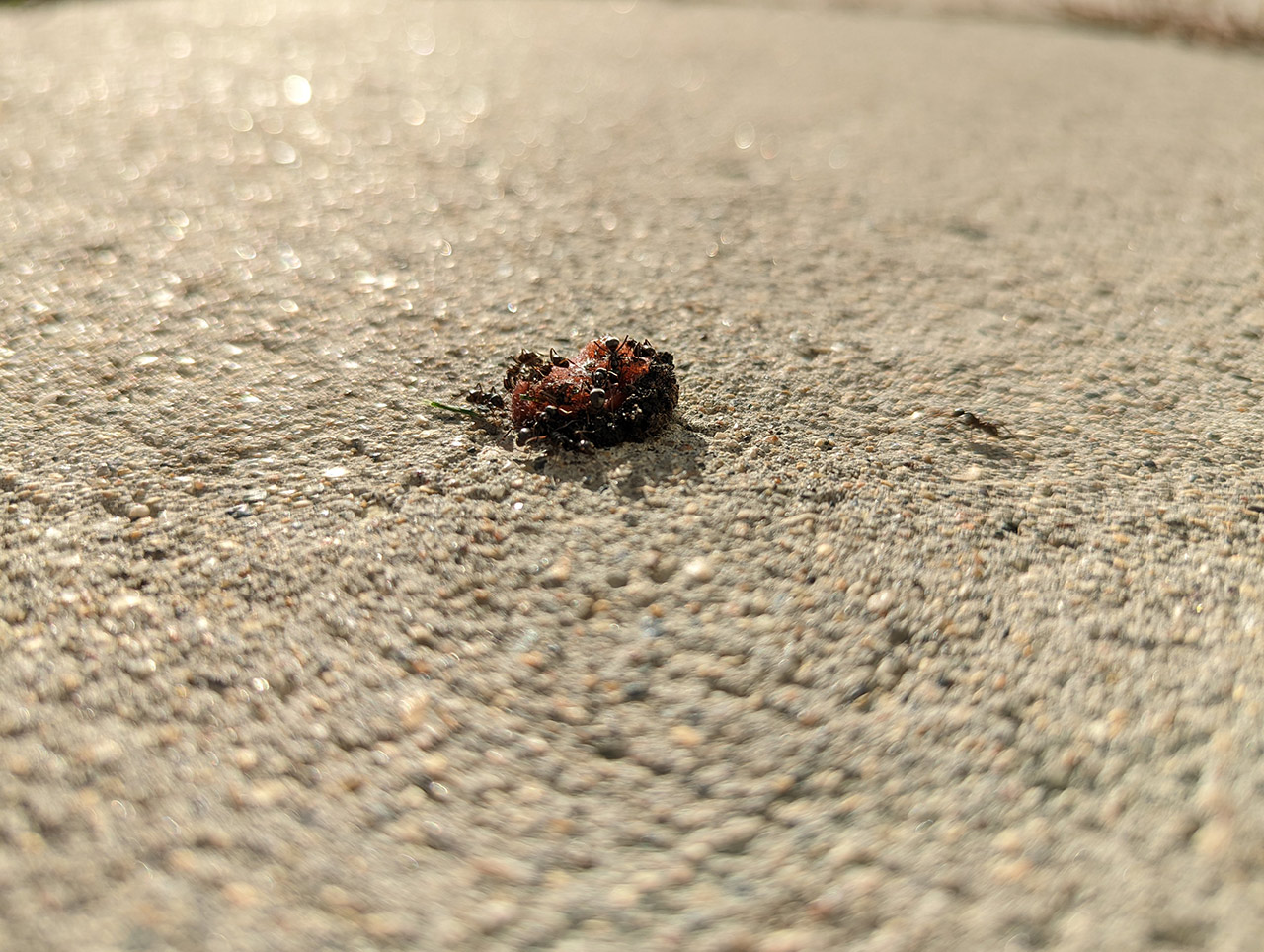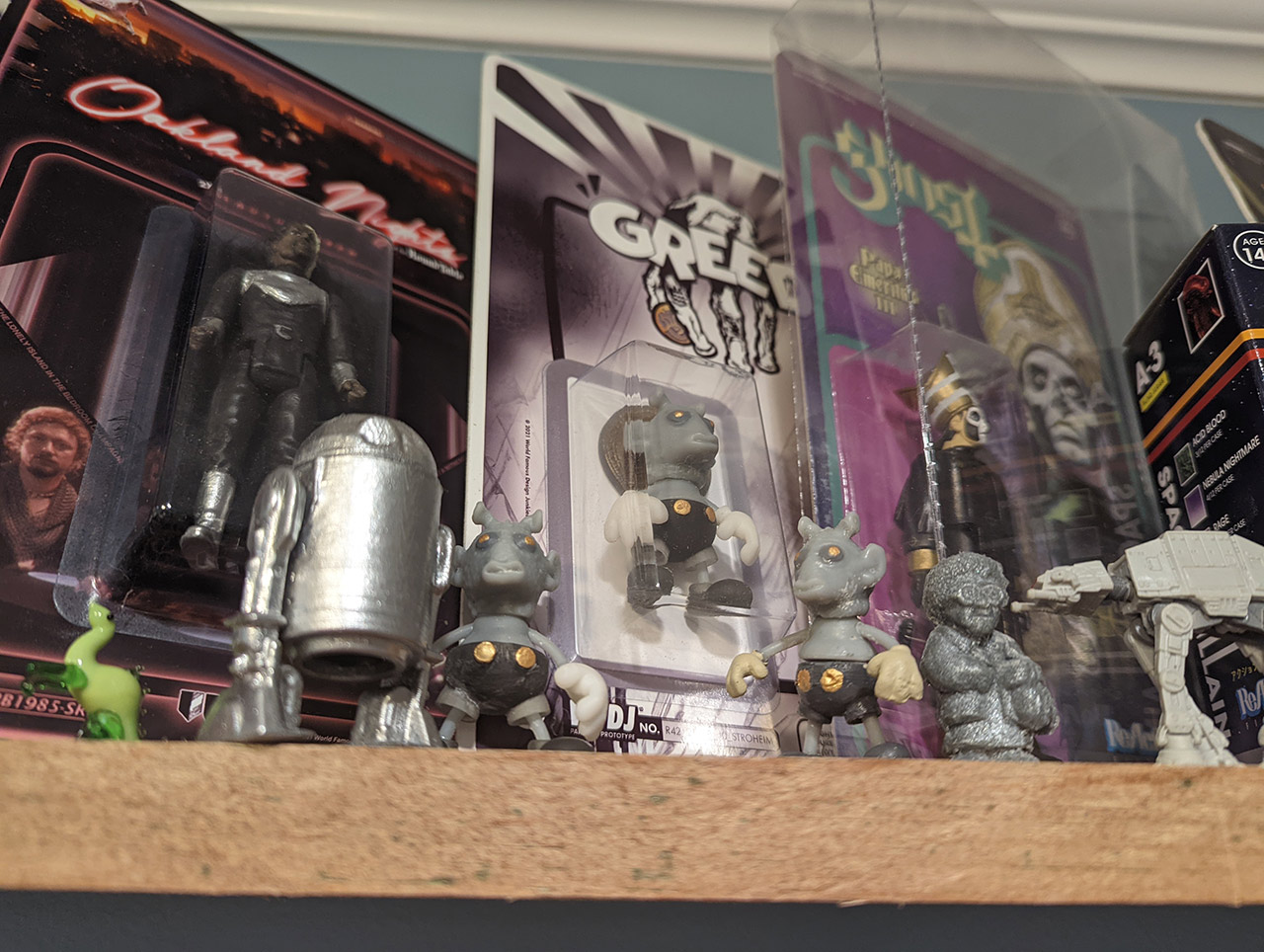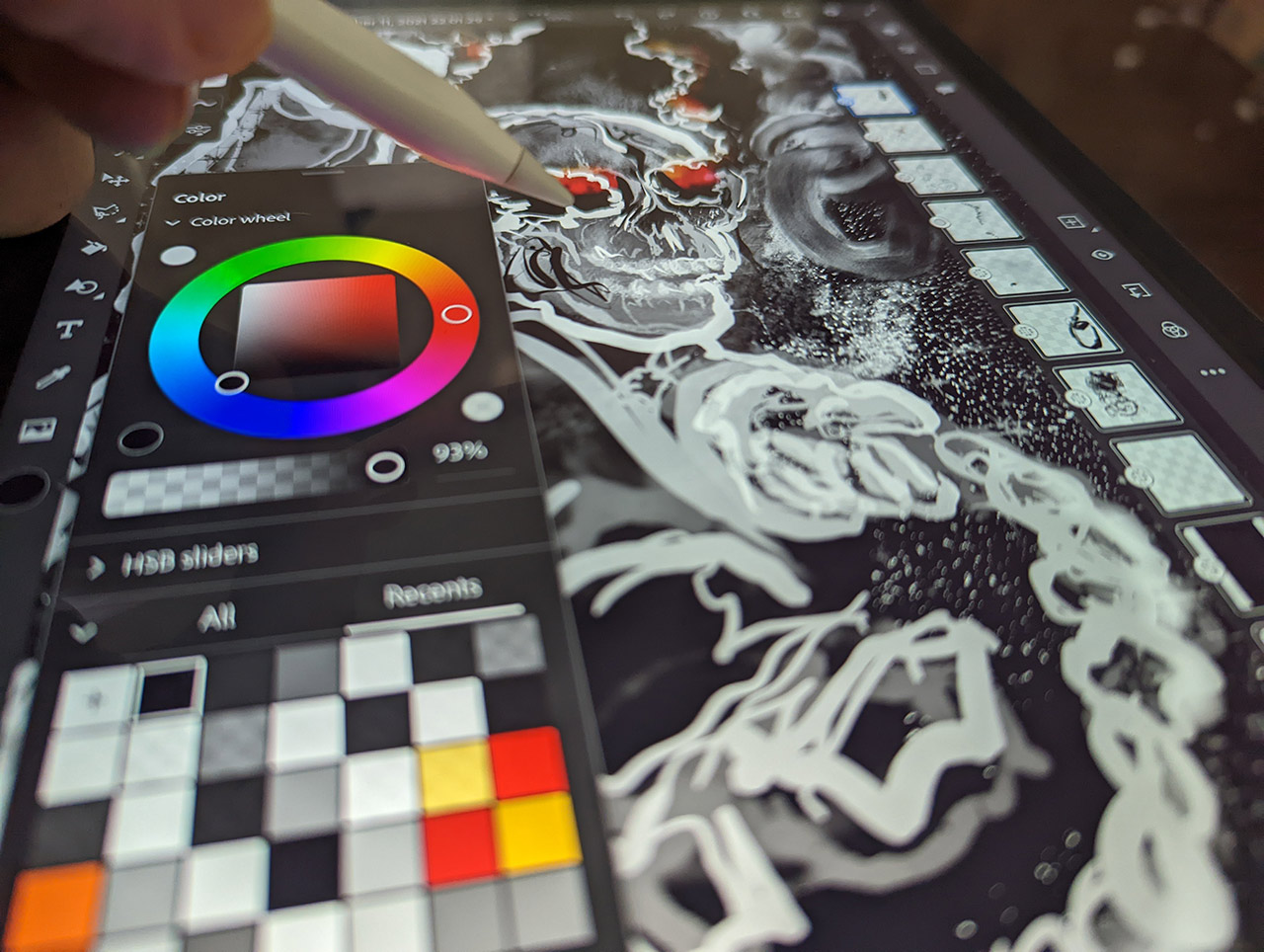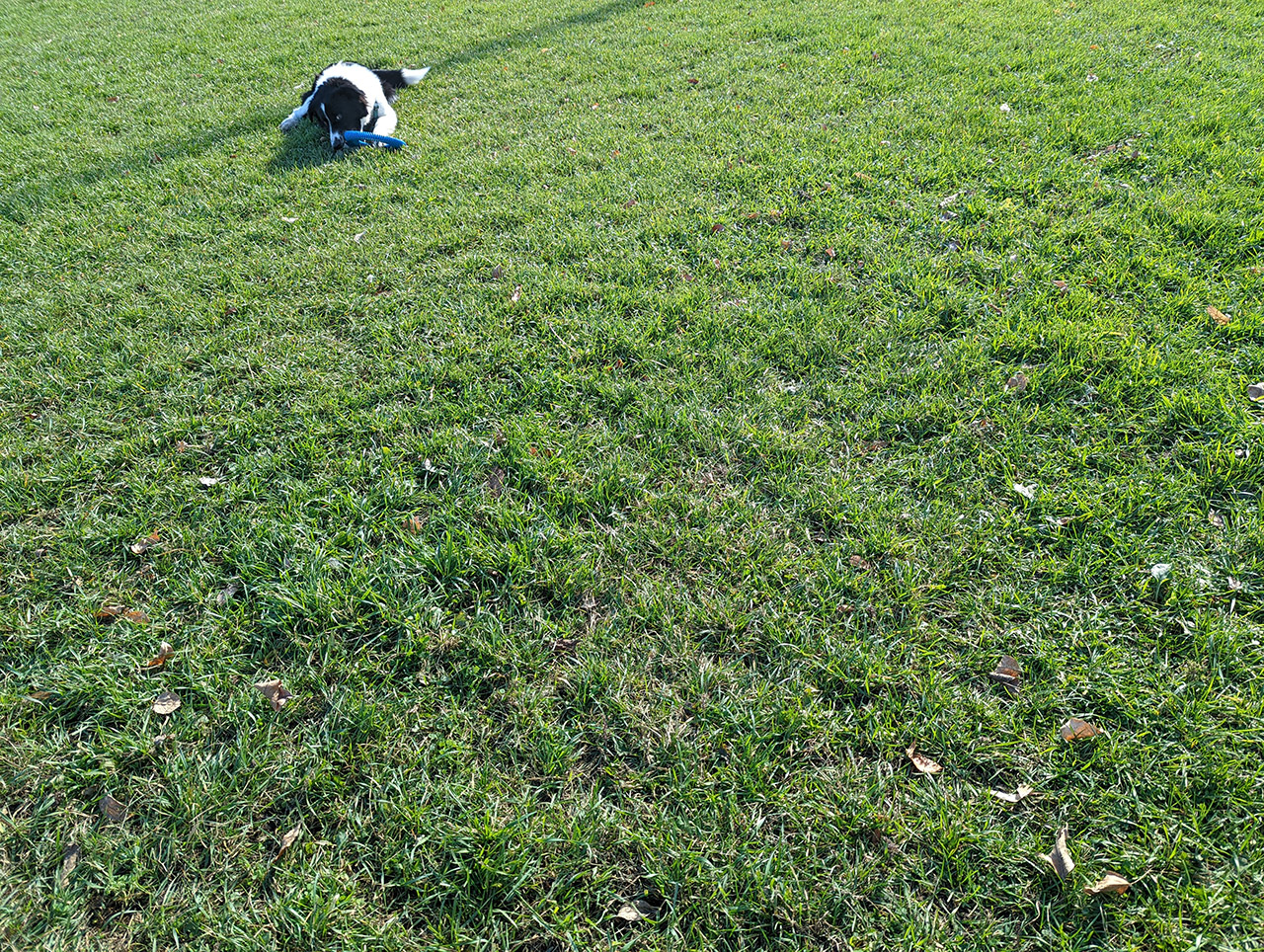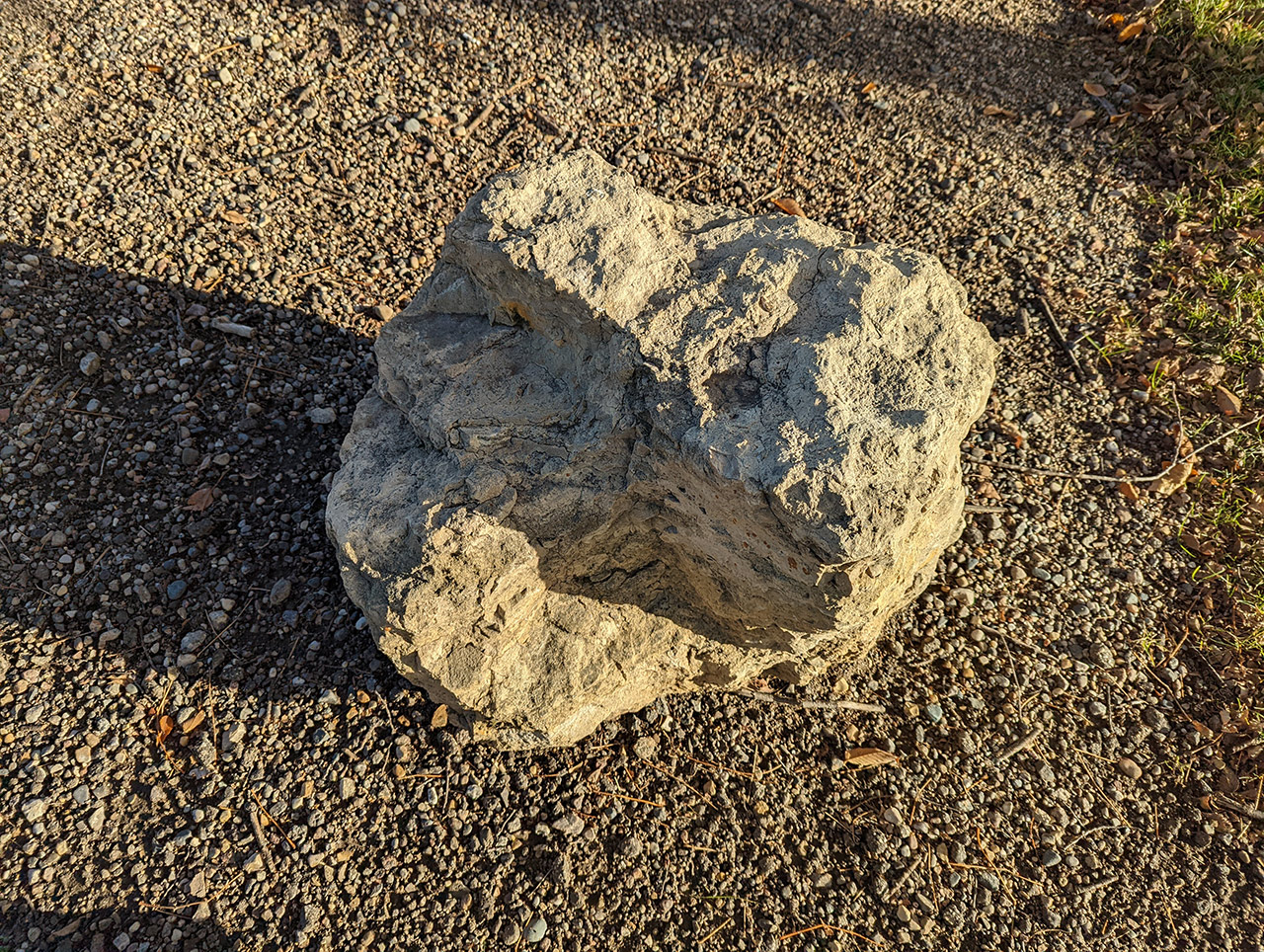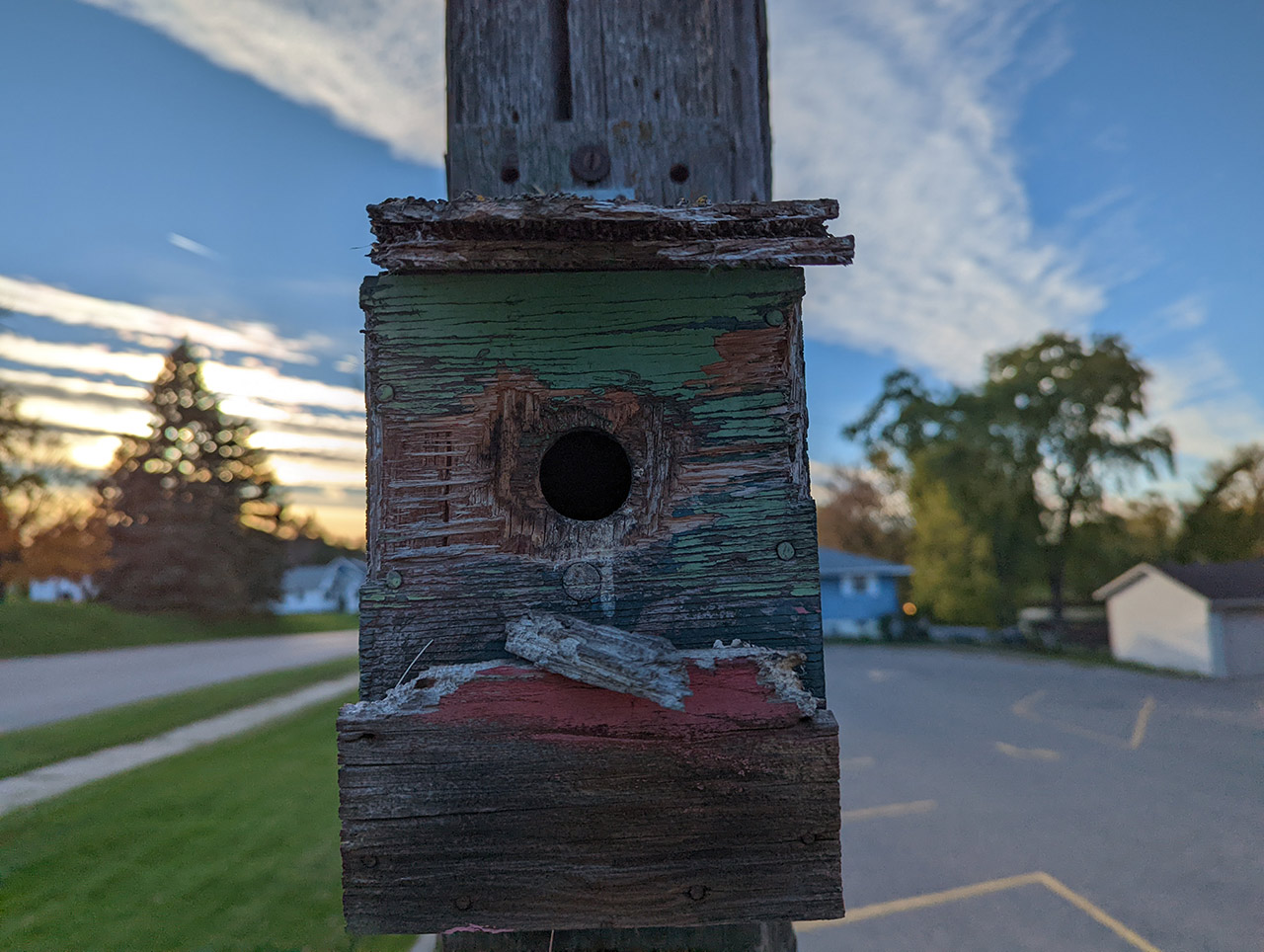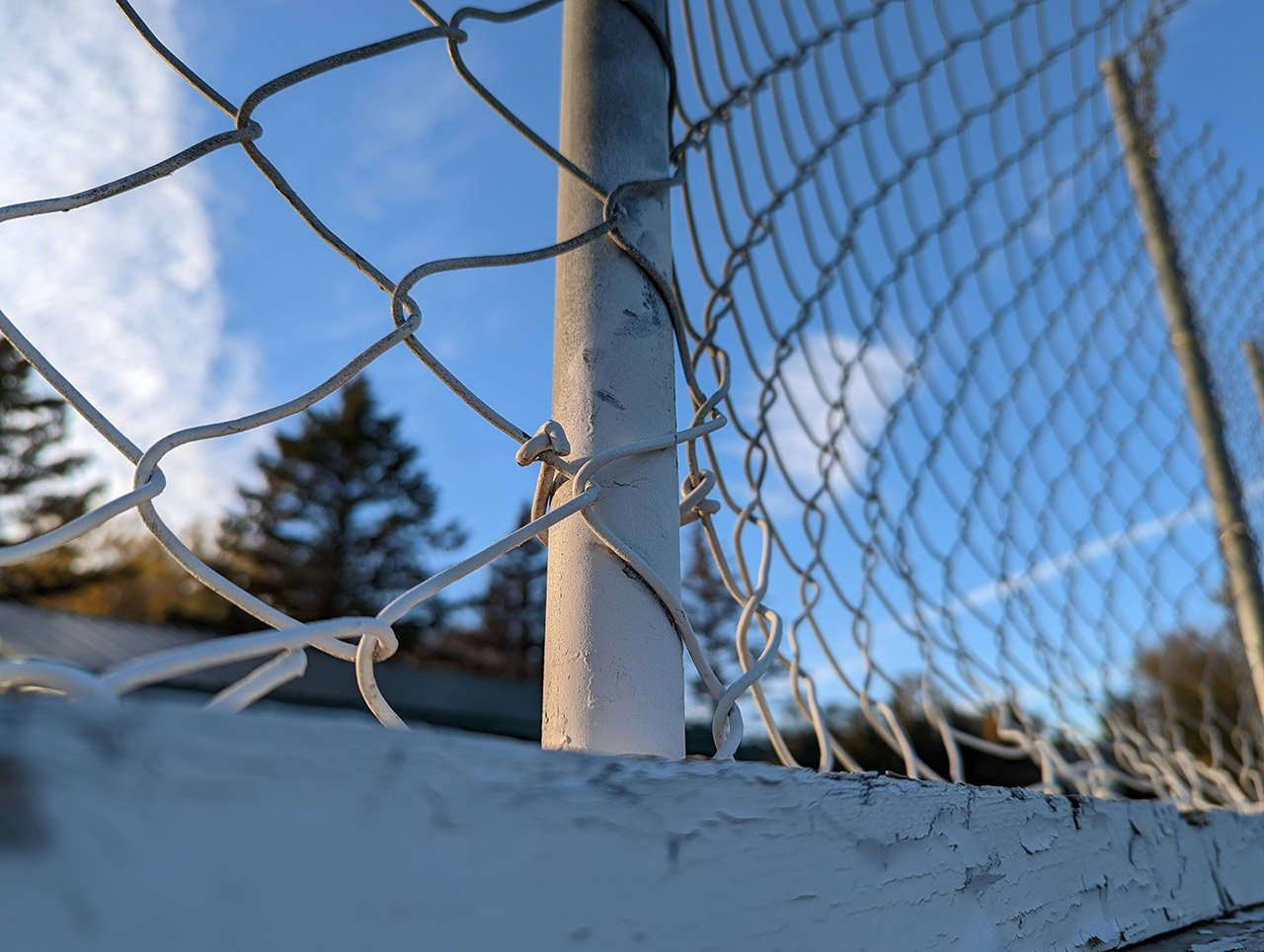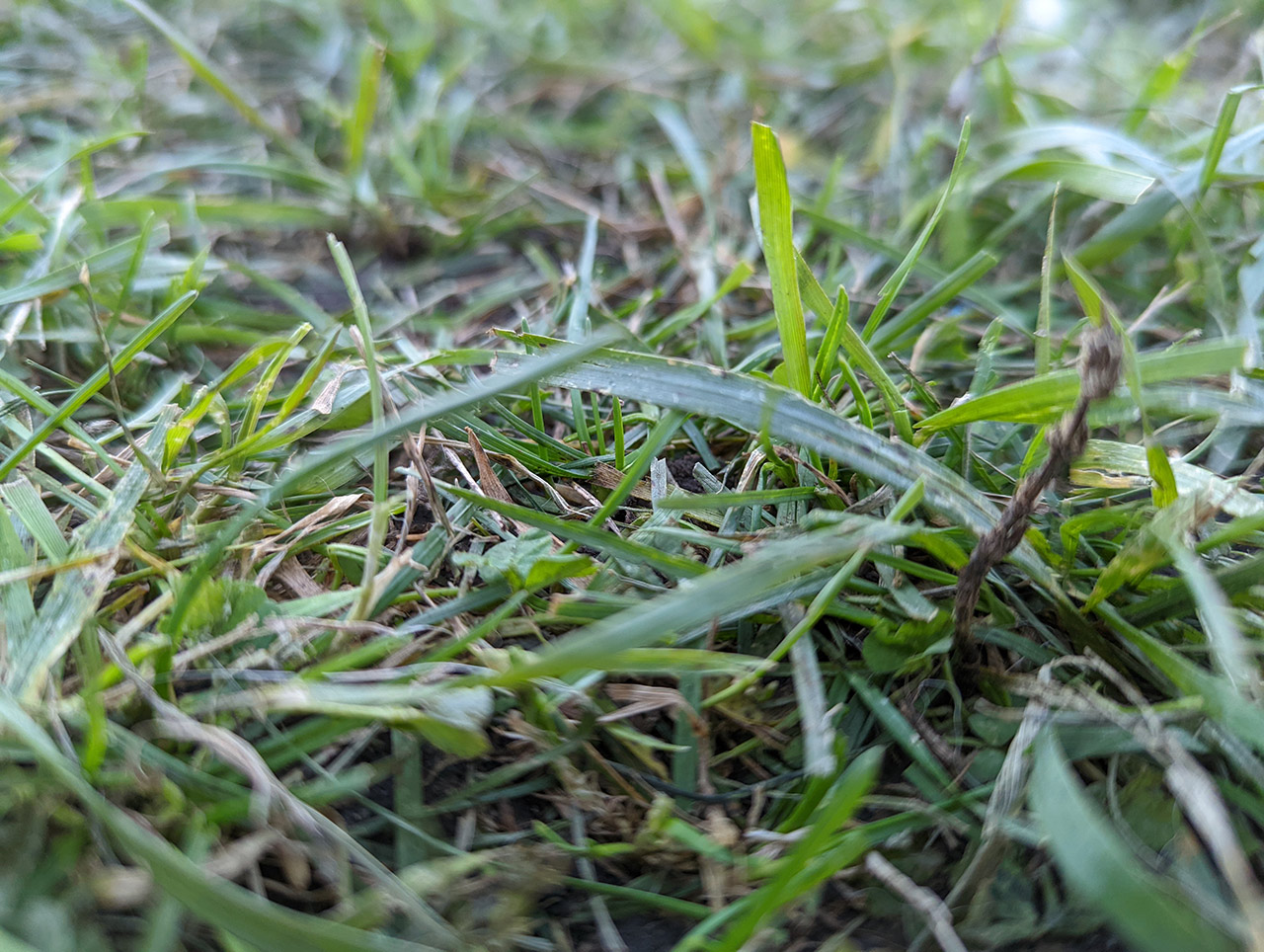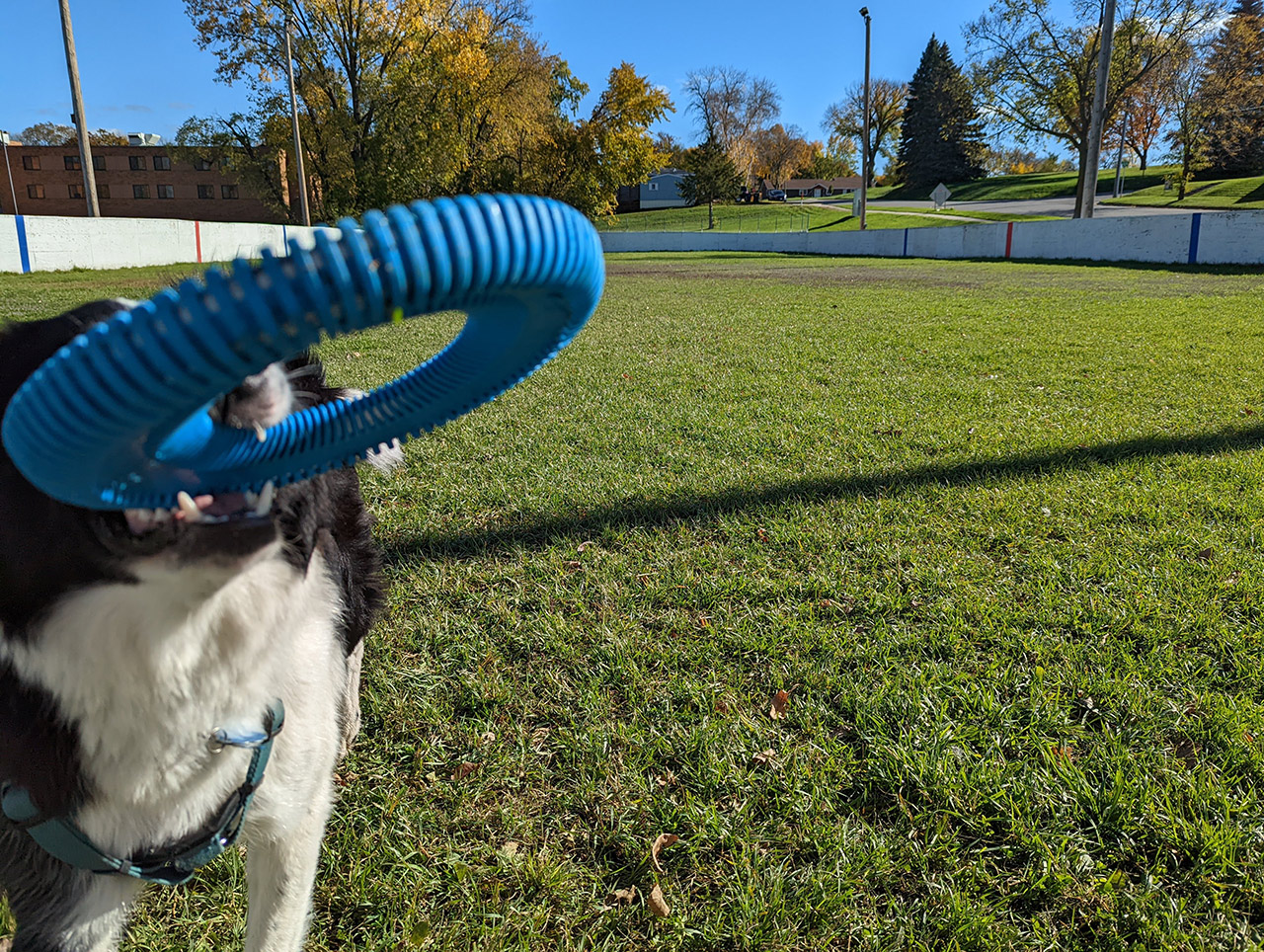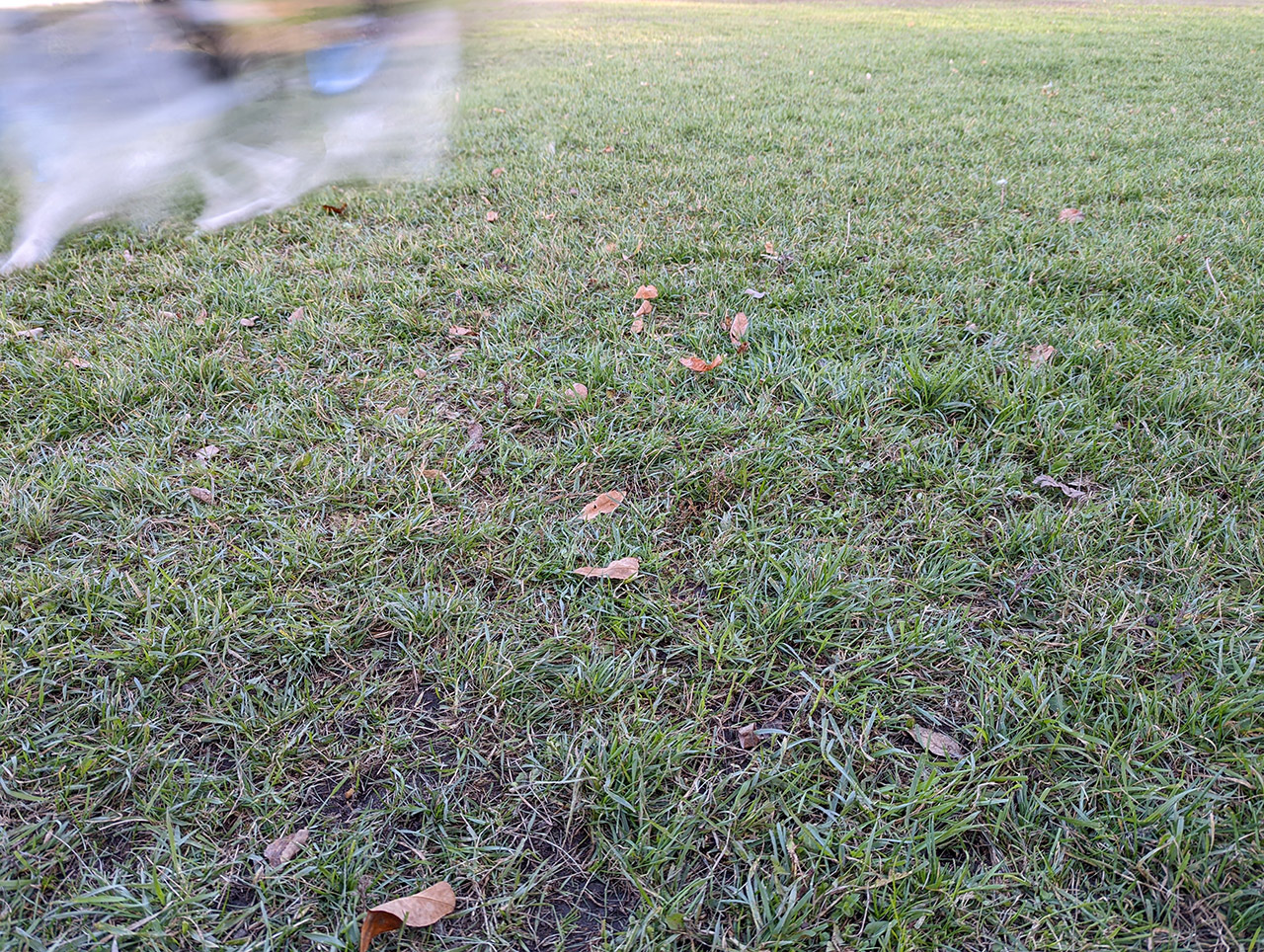Google Pixel 6 Pro Review
- Unique and exciting hardware and software design
- Android 12 runs smoothly & gets latest Google features
- Excellent camera performance
- Battery life holds up to all-day use
- Wireless and reverse charging
- No headphone jack
- Charging plug sold separate
- Confusing 5G coverage
- Glass design is slippery without case
The Google Pixel 6 Pro is the best Android phone in the world today – but is it right for you? This is really the first time Google has created a smartphone that's meant to battle the top-tier handsets in the industry, and it shows. But do you need the features that make this device cost more than its non-Pro companion?
Hardware
The Pixel 6 Pro works with a generous 6.7-inch LTPO AMOLED display with a centered punch hole for its front-facing camera. The display supports HDR10+, has a 120Hz variable image refresh rate, and boasts a healthy 1440 x 3120 pixels across its face, for a total of approximately 512 PPI density (pixels per inch).
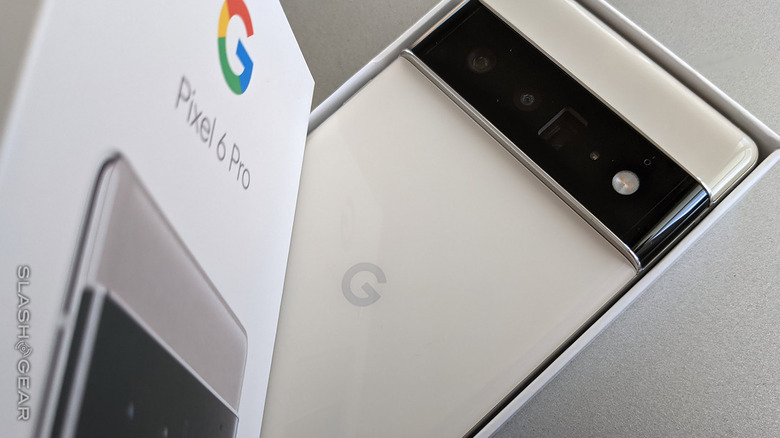
This device has a curved-edge display panel with Corning Gorilla Glass Victus cascading off the left and right of the front. Because of the glass up front and around back, this device is quite slippery. That's generally true of mostly-glass devices, and as usual, I'd recommend you get a protective case, if only to stop this Pixel from floating off the table every time you set it down.
The cases Google makes take account of the Pixel Camera Bar at the back, adding a bit of a bump above and below said bar for added protection. If you'll take a peek at our Pixel 6 vs 6 Pro vs 5 hands-on guide, you'll see how extremely similar the devices are – especially given their inclusion of the Pixel Camera Bar on both 6 and 6 Pro models.
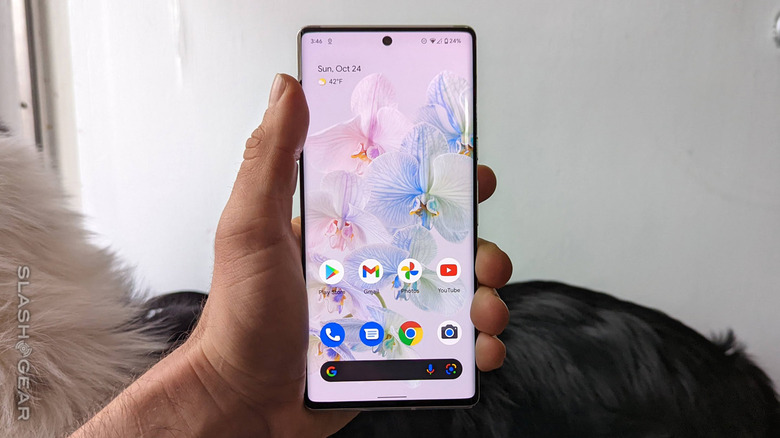
The big differences come in the display and the power of both the front and back-facing camera arrays. The display on the Google Pixel 6 Pro is extravagant. If you've ever used a 120Hz display before, it's difficult to go back to anything less. With the Pixel 6 Pro, you're getting every bit the most powerful and good-looking Android 12 experience on the market today as a result of this panel.
The Pixel 6 Pro is 6.5 height x 3.0 width x 0.4 depth (inches) in size with a weight at 210g (7.41 oz). Exterior color options include Cloudy White (the one you see here), Sorta Sunny, and Stormy Black. The black model has a dark gray edge, Sunny has gold, and white has a reflective chrome edge. The front bezel is the same regardless of backside color.
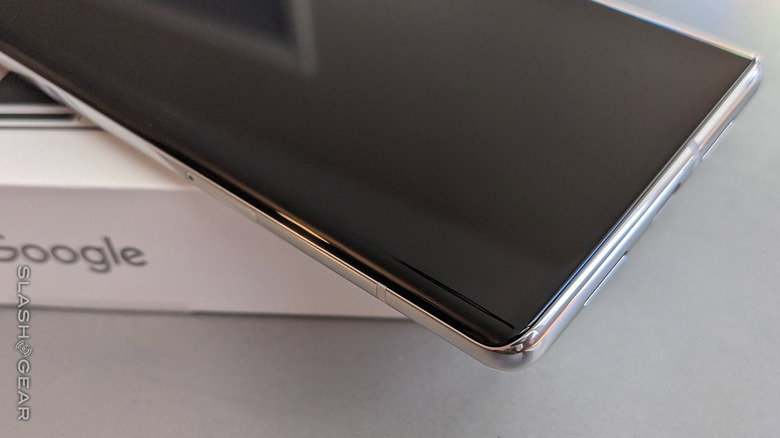
The Google Pixel 6 Pro has an in-display fingerprint reader that works as well as I've ever seen an in-display fingerprint reader work. I'd still rather it be housed at the back or the side of the phone, as it feels most natural to me to scan my finger at either of those positions – but if it had to be in the display, I'm glad it works as well as this.
Having a Pixel with as large a display as this reminds me of using one of my favorite phones ever – the Nexus 6P. That device was announced back in 2015 with a 5.7-inch display, and it seemed overly-massive at the time. Now, with the Pixel 6 coming with a 6.4-inch display, and the Pixel 6 Pro coming with a 6.71-inch display, the smartphone experience at this size feels far more natural.
It's important to note, here, that you'll NEED to pay attention to the model you buy when you're looking for 5G coverage. Make sure your chosen carrier has the Pixel 6 Pro you need to get sub-6 5G and/or mmWave 5G coverage, as the differences are significant.
Software
It's thanks in a big way to Android 12 that this large smartphone feels so natural to use. I've used the default settings for the most part, but Android 12 on this Pixel 6 Pro has the option to change sizes and arrangement of elements to a degree beyond what I'd ever consider needing.
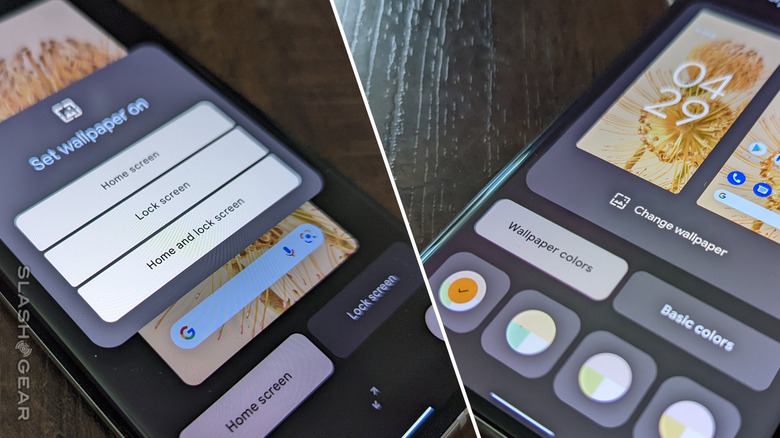
In Android 12 on the Pixel 6 Pro you'll find a new sort of Style system. This system delivers a color scheme to the UI based on your wallpaper. This can be a Google wallpaper or your own, it doesn't matter: It works by selecting colors based on your wallpaper automatically.
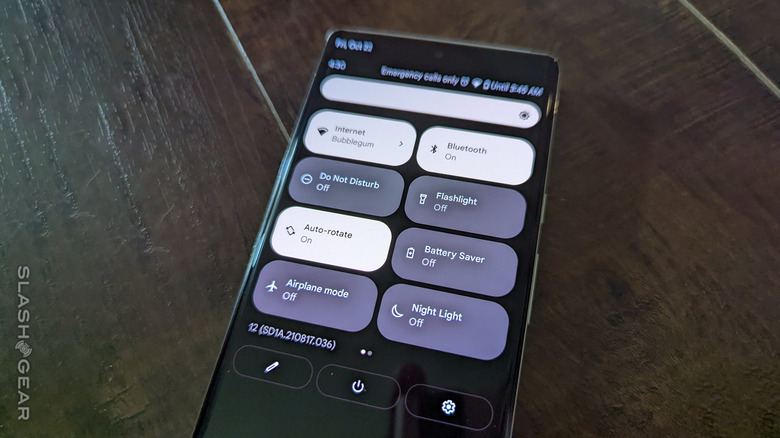
Because of this Style system, Android 12 on the Pixel 6 Pro creates an experience that is new to Google. In the past, Google delivered a stripped-down, vanilla (or near-vanilla) Android with their own-branded smartphones. Now, with Android 12 on Pixel 6 and 6 Pro, Google dares to present an experience that's custom fitted to the Pixel in ways that are truly significant.
Camera
At the back of the Pixel 6 Pro is a 50MP Octa PD camera with a 1/1.31-inch sensor, 1.2um pixel capture, f/1.85 aperture, and an 82-degree field of view. There's also a 12MP ultrawide camera with f/2.2 aperture, 1.25um pixel capture, and a 114-degree field of view.
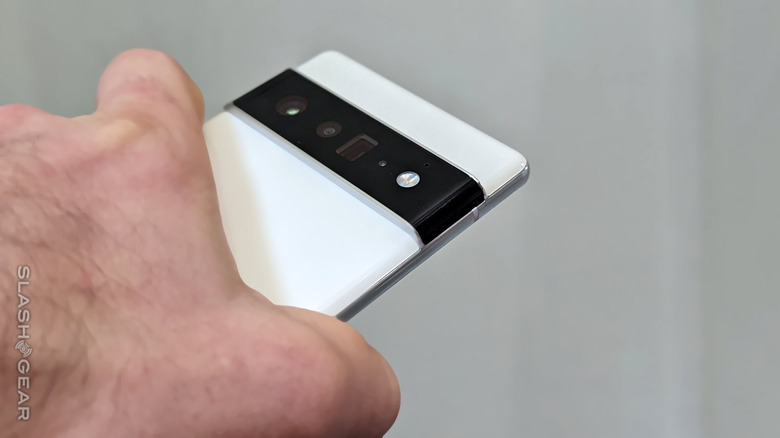
The camera that sets this device aside from the Pixel 6 Pro is the third unit at the back of the phone. That is a 48MP telephoto camera with a 1/2-inch image sensor, 0.8um pixel capture, f/3.5 aperture, and a 23.5-degree field of view. This camera allows the array to reach 4x optical zoom.
The back-facing array also works with an LDAC (laser detect auto focus) sensor and OIS (optical image stabilization) for both wide and telephoto lenses.
Up front, this phone has an 11.1MP camera with 1.22um pixel capture, f/2.2 aperture, and a 94-degree ultrawide field of view. This front-facing camera is fixed focus.
The Pixel 6 Pro has the most professional set of cameras I've ever used on a smartphone. Google's computational photography powers are at last paired with a set of cameras whose hardware meets the challenge of Google's biggest competitors.
Above and below you'll find a variety of examples of photos captured with the cameras of the Pixel 6 Pro. Among them you'll find a few examples captured with Google's new BETA camera features: Action Pan and Long Exposure.
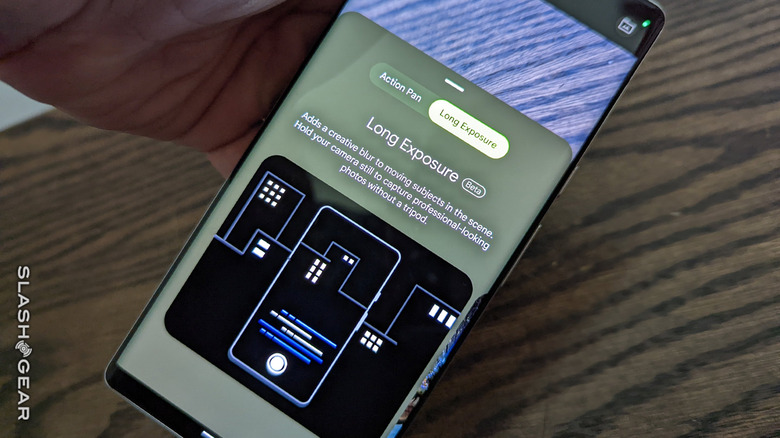
Google includes both Action Pan and Long Exposure in a tab called "Motion" in the standard Google Camera app. Google is careful to tag both features as "Beta" releases, which is good, because they might need a bit of work before they're ready to considered ready for prime time.
Both features are right on the edge of greatness, with what appears to be just a TINY bit of work left to do detecting the edges of a given subject. I'm glad to see Long Exposure, in any case – keeping the shutter open as long as I like (within reason) is a feature I've always like to have the option to use on whatever camera I'm using.
Battery
Inside this device is a 5,000 mAh battery (minimum 4,905 mAh), with fast charging capabilities. The Pixel 6 Pro has the ability to charge speedily with a Google 30W USB-C charger with USB-PD 3.0 (PPS). That's sold separately from the phone, mind, but you might well have one at home already.
This device can also charge wirelessly, and reverse charge other devices. That's also known as Battery Share – and it turns the back of the device into a Qi-certified charging panel. It's useful for topping up wireless earbuds or a smartwatch in a pinch.
Android 12 and the Google Pixel 6 Pro offer a variety of options that allow us to go from quick-draining the battery all the way to extreme battery preservation. If I keep the "Smooth Display" active (120Hz "for some content") and activate Increase touch sensitivity, turn off all battery saver options, keep the display at max brightness, and use only 5G mobile data to stream movies non-stop, I could potentially drain the battery in a matter of hours.
When using the device for standard activities – even capturing photos and videos and running games and tests for this review – it's difficult to drain the battery in less than double-digit numbers of hours.
Google Pixel 6 Pro Verdict
Google seems to have moved beyond using the Pixel as a baseline experience for Android. Back when Google made Nexus smartphones for the public as effective demonstrations of the capabilities of the software, Nexus devices were not expected to compete with top-tier smartphones. Instead they were generally viewed as industry nudges, with the hope that other phone-makers would take the hint and shift things in the way that Google intended.
The Google Pixel 6 Pro, in contrast, is a masterpiece that stands on its own merits, coming correct with a hardware and software experience that delivers the best Google has to offer in a smartphone. This phone takes everything that works great in the Pixel 6 and adds features that elevate it to a true AAA hero phone that goes toe-to-toe with the best rivals on the market today.
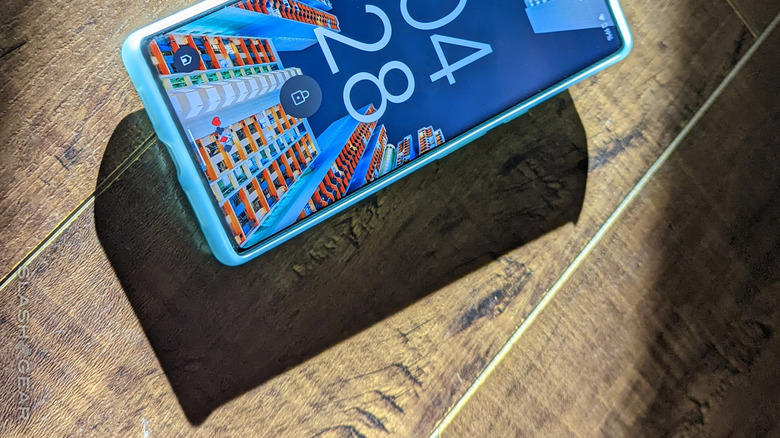
The Google Pixel 6 Pro has a starting price of around $900 USD, and it is well worth the cash. Make SURE you get a case for this device right out the gate – the Google Pixel 6 Pro case we had here for this review is sold by Google for approximately $30 USD.
If you are looking for the newest in new Google Pixel smartphone action, but don't need a device quite as large, with a display with 120Hz refresh rate, or that extra camera at the back, or the slightly better camera up front... there's a Pixel 6 waiting for you at Google. That device has the same processor power, the same software, and every essential element of this Pixel 6 experience for several hundred dollars cheaper than this Pro model.
NOTE: If you're reading this review on the 25th of October, 2021, you'll need to wait just a short bit before our Pixel 6 Review (the non-Pro version) is posted. It'll arrive on the 26th!

